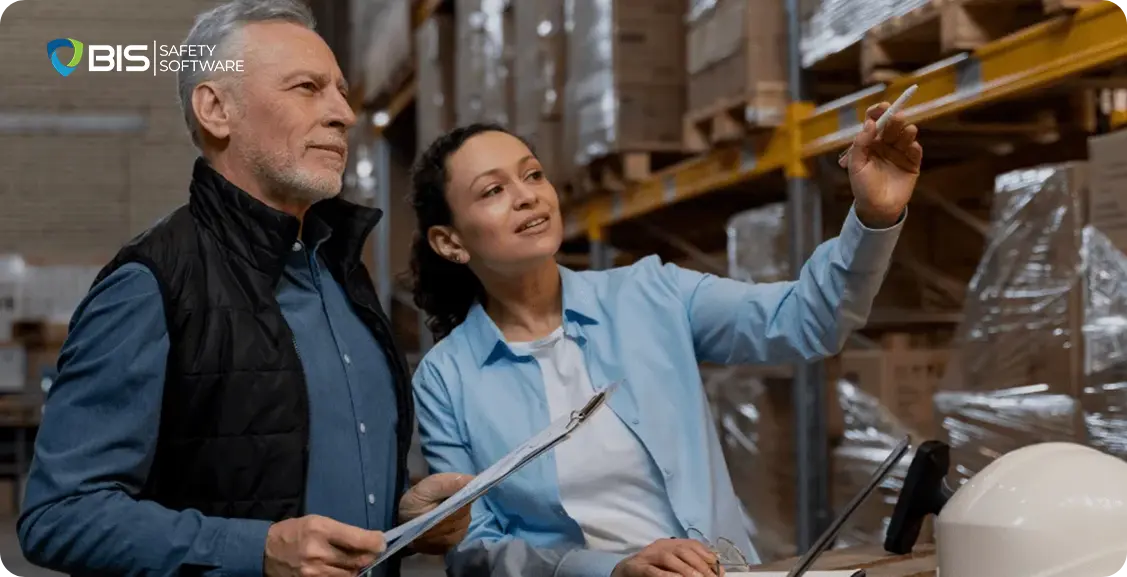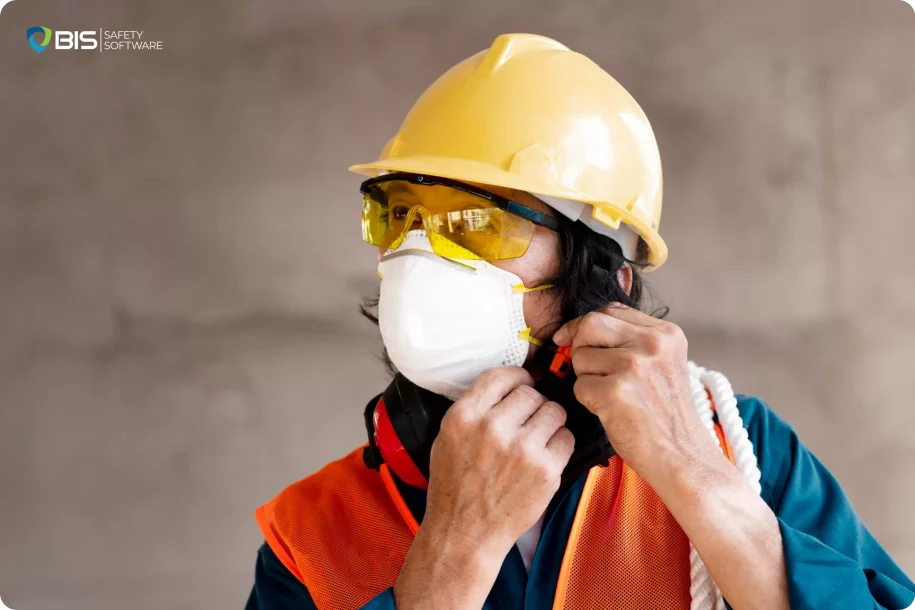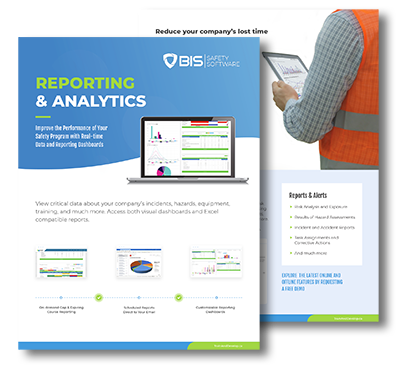The companies leading the charge into the next era of safety aren’t waiting for inspections or fines to drive action. They’re investing early. They’re empowering workers. They’re embedding safety into the very DNA of their operations—not just as a checklist, but as a core value.
1. Leadership Sets the Tone
A company’s safety culture starts at the top. When leadership treats safety as a priority—not an obligation—it becomes a shared responsibility. It’s not enough to have policies in place. Safety must be demonstrated, modeled, and lived.
As the saying goes: talk is cheap, action matters. A leader who wears their PPE, speaks up about safety issues, and stops work when something feels off sends a clear message. That message? “Your safety matters here.”
And that message travels. When employees see safety modeled with integrity and consistency, they start holding themselves—and each other—to that same standard. That’s when the culture shift happens. That’s when safety becomes second nature.
2. Workers Are the First Line of Defense
No safety strategy works without worker engagement. That means more than training—it means real empowerment. The best safety programs give workers a voice. They let employees report hazards anonymously. They encourage peer-led safety meetings. They reward people for speaking up.
“A culture of silence kills,” says one advocate. “Reporting hazards should be as natural as putting on a hard hat.” When workers know they’re heard—and that nothing bad will happen when they speak up—they engage fully. And that makes every shift safer than the last.
3. Technology Helps—but It’s Not the Whole Answer
Drones, sensors, smart PPE, predictive analytics—today’s safety tools are powerful. They’re also only as effective as the systems surrounding them. A wearable that tracks fatigue is useless if no one responds to the alert. A sensor detecting gas leaks needs a team trained to act.
The companies getting tech right are the ones integrating it into a broader safety strategy—one that includes clear communication, frontline input, and rapid follow-through. Technology should make safety easier, not more complicated. And it should always enhance, not replace, human judgment.

4. Accountability and Transparency Matter
Regulations are evolving, too. Enforcement agencies are leveraging data to spot gaps before disasters occur. Real-time tracking, automated compliance tools, and digital inspections are speeding things up—and exposing those who fall short.
And workers and the public are paying attention. Businesses that fail to prioritize safety won’t just face fines. They’ll face reputational risk, talent loss, and trust erosion. Transparency is the new norm. Accountability isn’t optional—it’s expected.
5. The Road Ahead: Building a Culture That Lasts
The safest workplaces of the future will be the ones that prioritize well-being—not just injury prevention. They’ll treat physical and psychological safety with equal importance. They’ll center leadership, culture, tech, and training around one goal: making sure every worker feels safe, valued, and heard.
Because at the end of the day, safety isn’t just a policy. It’s a promise.
Additional Articles

The Six Key Benefits of a Safety Management System
Regardless of your industry in the UK, training is a crucial aspect of ensuring the smooth operation of your business.
… Read More

Introduction to Field Level Hazard Assessments (FLHAs)
Learn the practical steps required for conducting Field Level Hazard Assessments with our detailed guide and real-world examples. … Read More


























